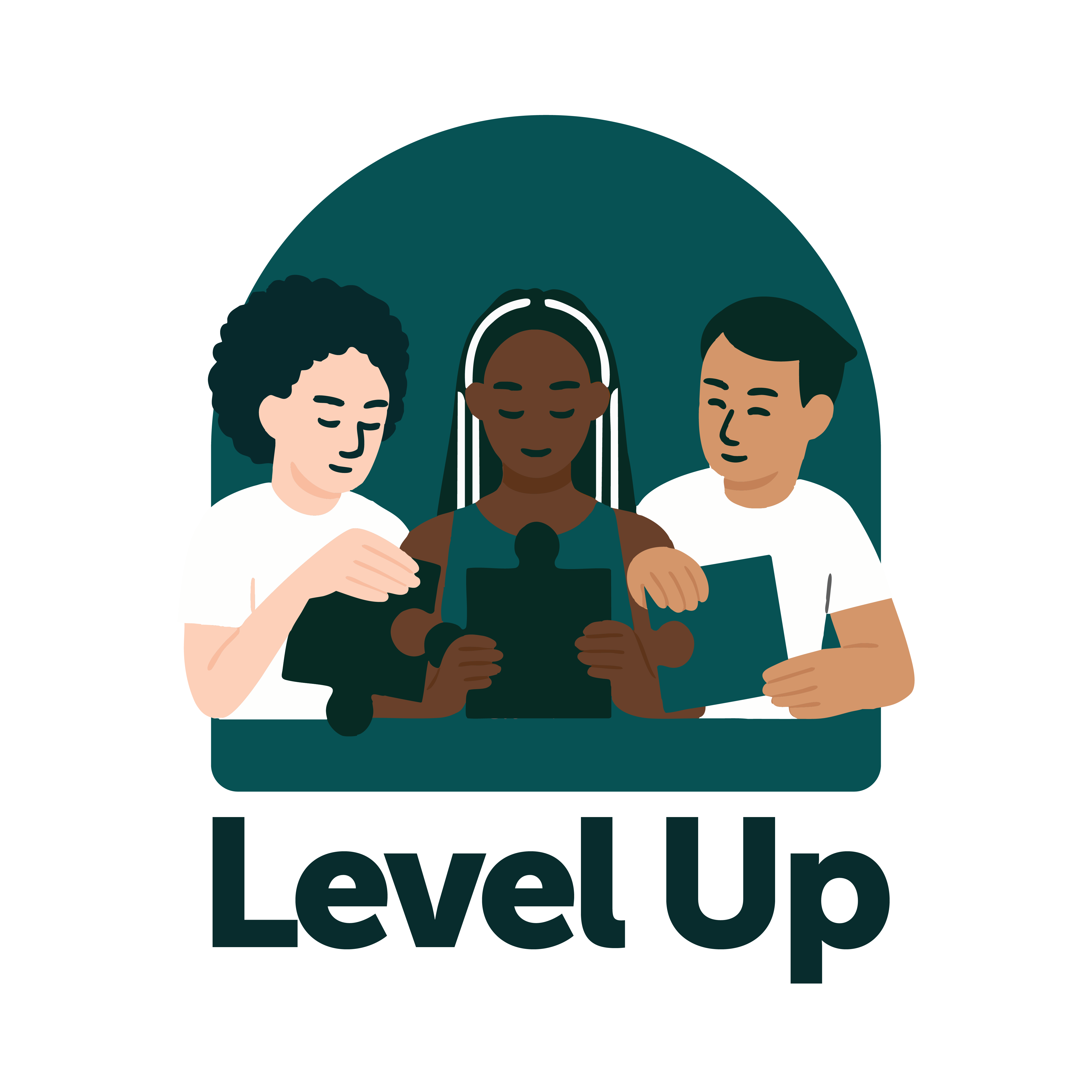Education Systems Changemakers Series: Phase 2 - Level Up
Introduction Phase 1 - Power Up Phase 2 - Level Up Phase 3 - Act Phase 4 - Evolve

How Do Systems Changemakers Strengthen Their Strategy?
Systems change is not just about ideas—it is about action. In this phase, we explore how changemakers sharpen their thinking by building clarity, strengthening stakeholder alignment, and identifying the deeper forces that sustain systemic challenges.
To move from intention to transformation, we must understand the system we are working in and the structural barriers that hold patterns in place.
Effective education changemakers often take three essential steps:
They define their system with focus and intention.
They ask: What is the system I am trying to shift? What is inside and what is not? What will success look like in 2–5 years?They uncover the structural and root causes.
They ask: What relationships, policies, norms, or beliefs are keeping this problem in place? What needs to shift beneath the surface?They choose tools and frameworks to guide their thinking.
They ask: What frameworks can help me make sense of the system and identify where change is possible? Which ones fit my context, capacity, and goals?
These steps help changemakers move from complexity to clarity, and from clarity to meaningful, sustained action.
Leaders Are Using These Approaches To Sharpen Their Focus
Across IREX and our global network, education changemakers are using tools like system mapping and root cause analysis to focus their strategies and strengthen partnerships.
In Jordan, the Pre-Service Teacher Education program worked with the Government of Jordan and public universities to understand why teacher training reforms were stalling. A political economy assessment revealed key barriers—such as a lack of incentives for future teachers and concerns about fairness in hiring during policy changes. The team co-designed policy reforms that encouraged enrollment in quality training programs while protecting candidates already in the system.
In Sobral, Brazil, municipal leaders, educators, and policymakers teamed up to improve literacy. With support from the RISE Programme, funded by the UK Foreign, Commonwealth & Development Office (FCDO), the Australian Department of Foreign Affairs and Trade (DFAT), and the Bill & Melinda Gates Foundation, they used a system coherence approach to align teacher training, curriculum, and funding. By keeping this alignment in place across political transitions, they raised instructional quality and achieved long-term gains in learning (Kaffenberger & Spivack, 2022).
In Colombia, the Escuela Nueva program partnered with rural schools and the national education ministry to make learning more relevant in remote areas. They redesigned classroom structures—introducing multi-age groups, student-led learning, and flexible scheduling to match rural life. These changes improved learning and helped the model scale nationally and globally (Cruz, Goulart, Kwuak, & Perlman Robinson, 2016).
In Tamil Nadu, India, the Learning Improvement Program used the Six Conditions of Systems Change to guide cross-department collaboration. Funded by the RISE Programme, the initiative aligned curriculum, data use, and teacher support. The team helped shift both practices and mindsets—leading to large-scale reforms in coaching and accountability systems, and measurable gains in student learning (Kaffenberger & Spivack, 2022).
These examples show that with the right tools and shared understanding, leaders can turn complex challenges into clear, coordinated action.
Frameworks To Help You Focus
There are many models to help you understand what is happening beneath the surface of a challenge. These are four of our favorites:
- RISE Framework – Understand the five accountability relationships that shape how actors in the system interact
- 3Ps (Purpose, Pedagogy, Position) – Examine how your education system’s goals, teaching methods, and power dynamics align
- Six Conditions of Systems Change – Identify the deeper forces—from policies to mindsets—that keep problems in place
- Leverage Points – Explore where small, well-placed shifts can spark system-wide transformation
Each offers a different entry point to reflection and strategy—you can use one or combine several depending on your context.
Ready To Try It Out?
We invite you to download the Approaches to Education Systems Change: A Guide for Practitioners.
This guide breaks down the four frameworks above with plain language and guidance to help you select what fits best for your education issue.
Then, open your Education Systems Changemakers Challenge Workbook and complete:
Step 4: Draw the Lines Around Your System
Define your focus by visualizing the system you are trying to change—its boundaries, key actors, and connections.
Step 5: Dig Into the Roots
Try out the four frameworks and reflect on which one offers the best fit for your challenge. Use it to analyze the root causes and identify where to intervene.
Coming Soon
In Phase 3 – Explore, we will introduce tools to uncover leverage points, test strategies, and co-create solutions that are built to last.
Follow us on LinkedIn @IREX and join the conversation using #IREXSystemsChangemakers.
Let's level up together.